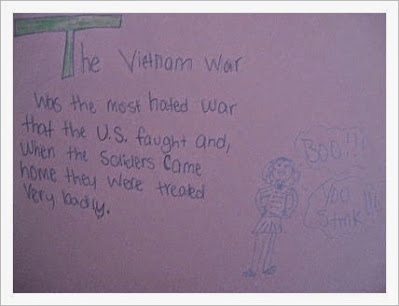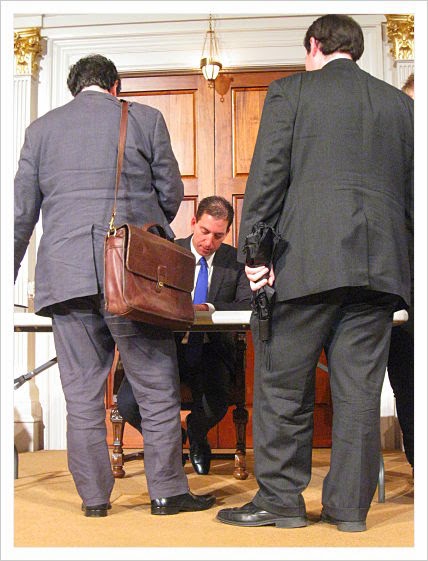The choir from St. Martin's-in-the-Fields will sing at St. John's Episcopal Church, Lafayette Square, June 15
The public is invited to hear London's renowned choir from St. Martin-in-the-Fields on Sunday evening at St. John's Episcopal Church, Lafayette Square, beginning at 7:30 p.m.
Reserved seating is available with advance purchase ($25) or tickets may be bought with cash or check at the door, if available. The choir will also sing at the 10:30 a.m. Sunday service for which there is no charge to attend.
The choir sings every Sunday at St. Martin-in-the-Fields and frequently performs on the BBC. St. Martin's, the parish church of the Royal Family, stands at Trafalgar Square and is one of England's oldest, most famous churches, dating to 1222. Its name derives from its location "in the fields" where Henry VIII (1491-1547) rebuilt the church in 1542 so plague victims would stop walking through the grounds of his palace, says Wikipedia.
Leading the choir is St. Martin's director of music, Andrew Earis, and joining St. John's in the presentation of the program is the Conference of the Association of Anglican Musicians.
On the evening program are:
Herbert Howells (1892-1983)
Haec dies
William Byrd (1540-1623)
Laetentur coeli
Justorum animae
Henry Purcell (c.1659-1695)
I was glad
Hubert Parry (1848-1918) from Songs of Farewell
My soul, there is a country
Never weather-beaten sail
Gabriel Jackson (b. 1962)
A Prayer of King Henry VI
James MacMillan (b.1959)
Mitte manum tuam from Strathclyde Motets
A New Song
Ralph Vaughan Williams (1872-1958)
The Turtle Dove
Michael Tippett (1905-1998)
Lillibulero from Four Songs from the British Isles
Nils Lindberg (b. 1933)
Shall I compare thee to a summer's day
Vaughan Williams
Over hill, over dale from Three Shakespeare Songs
George Shearing (1919 - 2011)
Songs and Sonnets of Shakespeare
Trad. arr Michael Tippett (1905-1998)
Go down, Moses from Five Spirituals
Trad. arr Moses Hogan (1957-2003)
The Battle of Jericho
At the morning service, the St. Martin's choir will sing compositions by William Lloyd Webber, John Stainer, and Charles Villiers Stanford, and a new assistant rector, the Rev. D. Andrew Olivo, will be welcomed at St. John's.
Well known as the yellow church at Lafayette Square, the “Church of the Presidents” was founded in 1815. When he began attending services at St. John's, President James Madison, who served as president from 1809 to 1817, set a precedent for future presidents who have all either attended and/or joined St. John's. A plaque at the rear of the church designates the Lincoln Pew where President Abraham Lincoln often sat when he stopped by the church during the Civil War.
Who: The Choir of St. Martin-in-the-Fields
When: 7:30 p.m. and 10:30 a.m., June 15, 2014, Trinity Sunday
Where: St. John’s, Lafayette Square, 1525 H Street, NW, at the corner of 16th and H, Washington, D.C. 20005
Tickets: $25 at 7: 30 p.m. Or attend the church services at 10:30 a.m. when there is no fee!
St. John's is wheelchair accessible
Metro stations: McPherson Square, Farragut North, or Farragut West
Where: St. John’s, Lafayette Square, 1525 H Street, NW, at the corner of 16th and H, Washington, D.C. 20005
Tickets: $25 at 7: 30 p.m. Or attend the church services at 10:30 a.m. when there is no fee!
St. John's is wheelchair accessible
Metro stations: McPherson Square, Farragut North, or Farragut West
For more information: Michael Lodico, associate organist and choir director at St. John's, ph. 202-270-6265, Michael.Lodico@stjohns-dc.org
patricialesli@gmail.com























.jpg)











